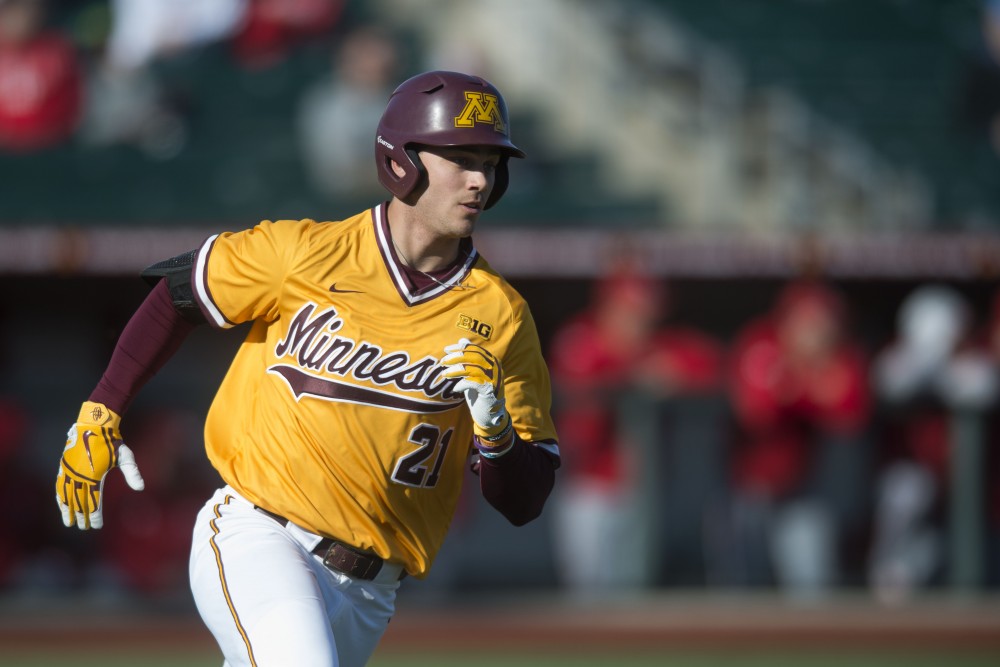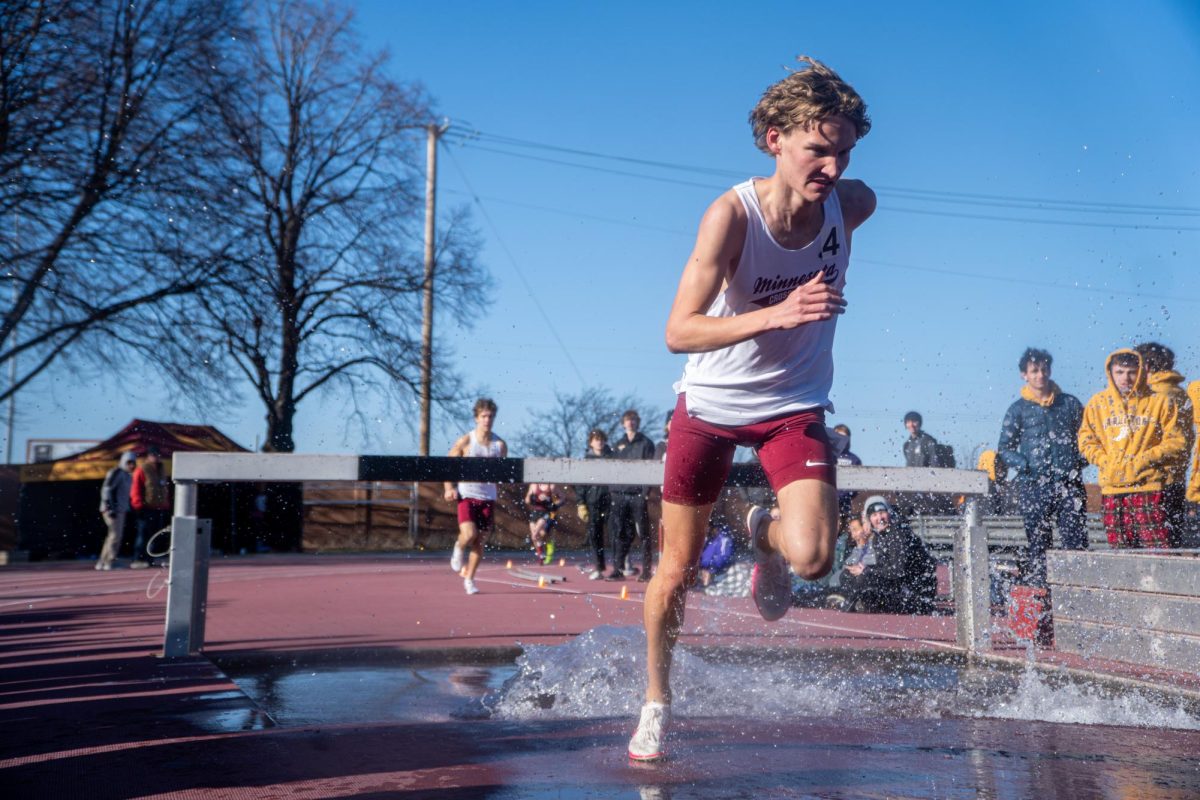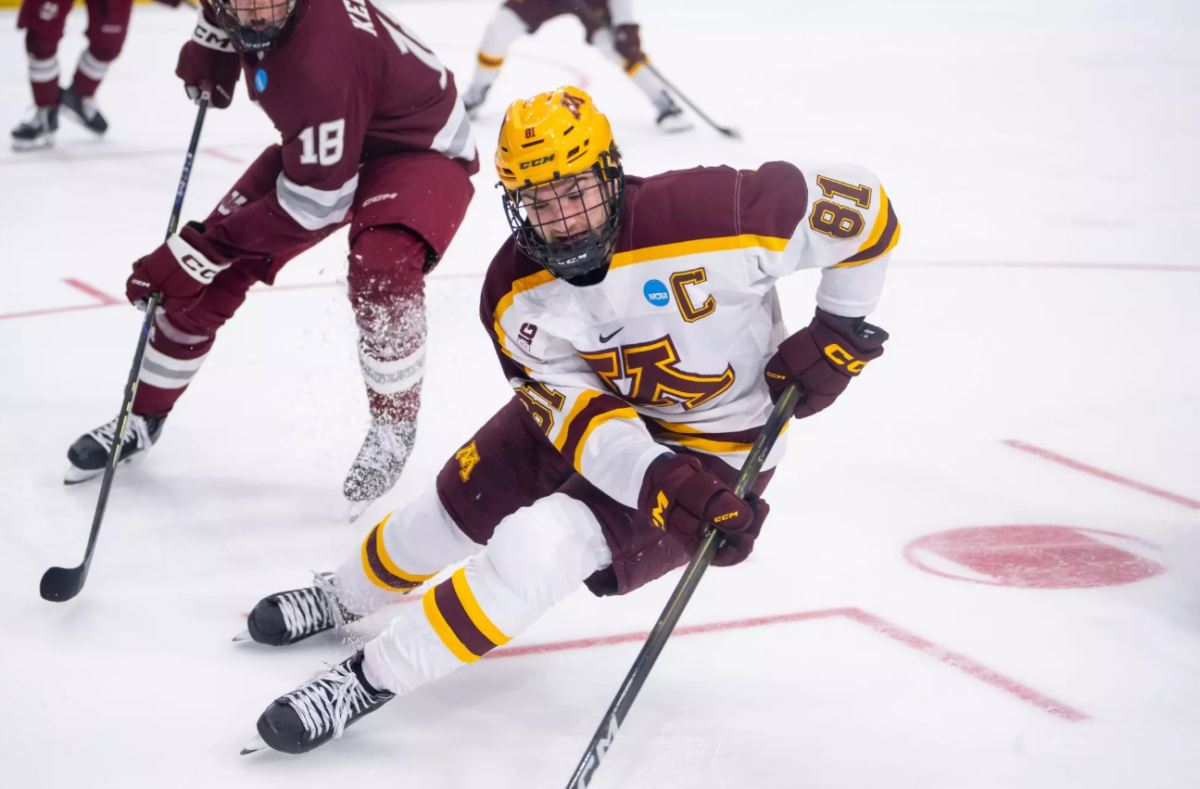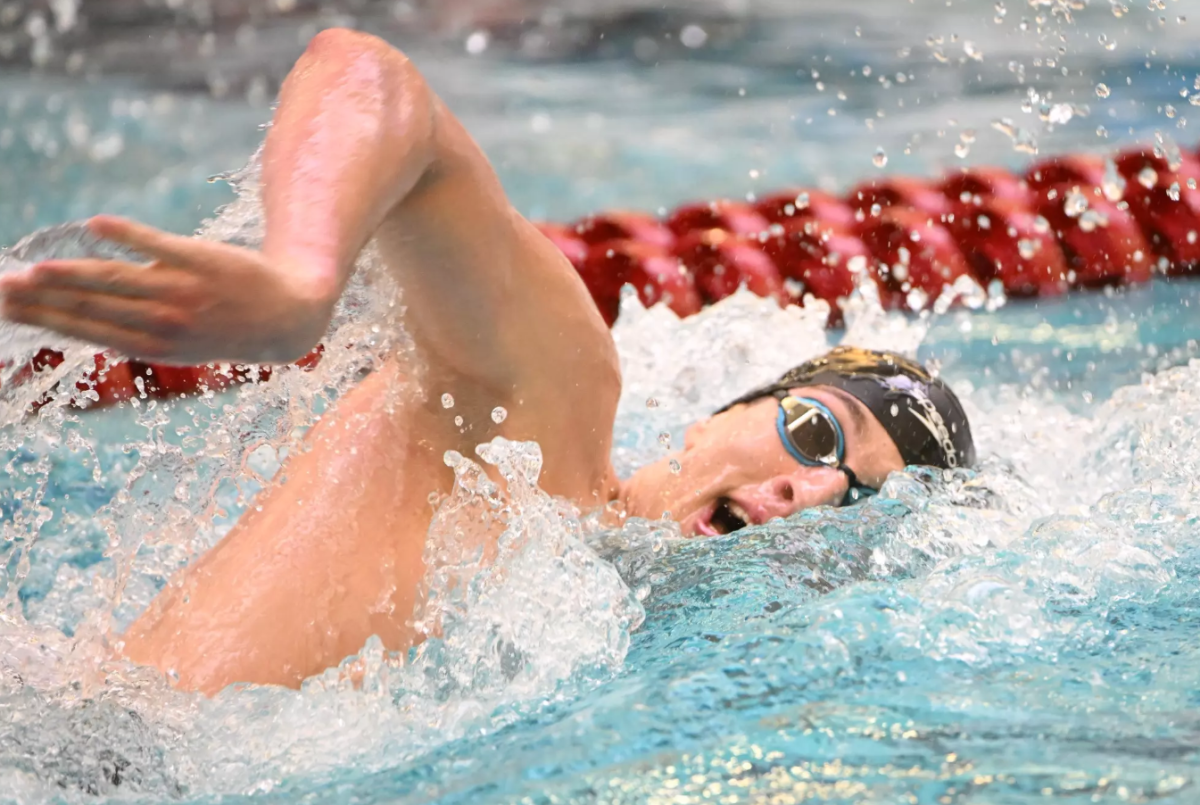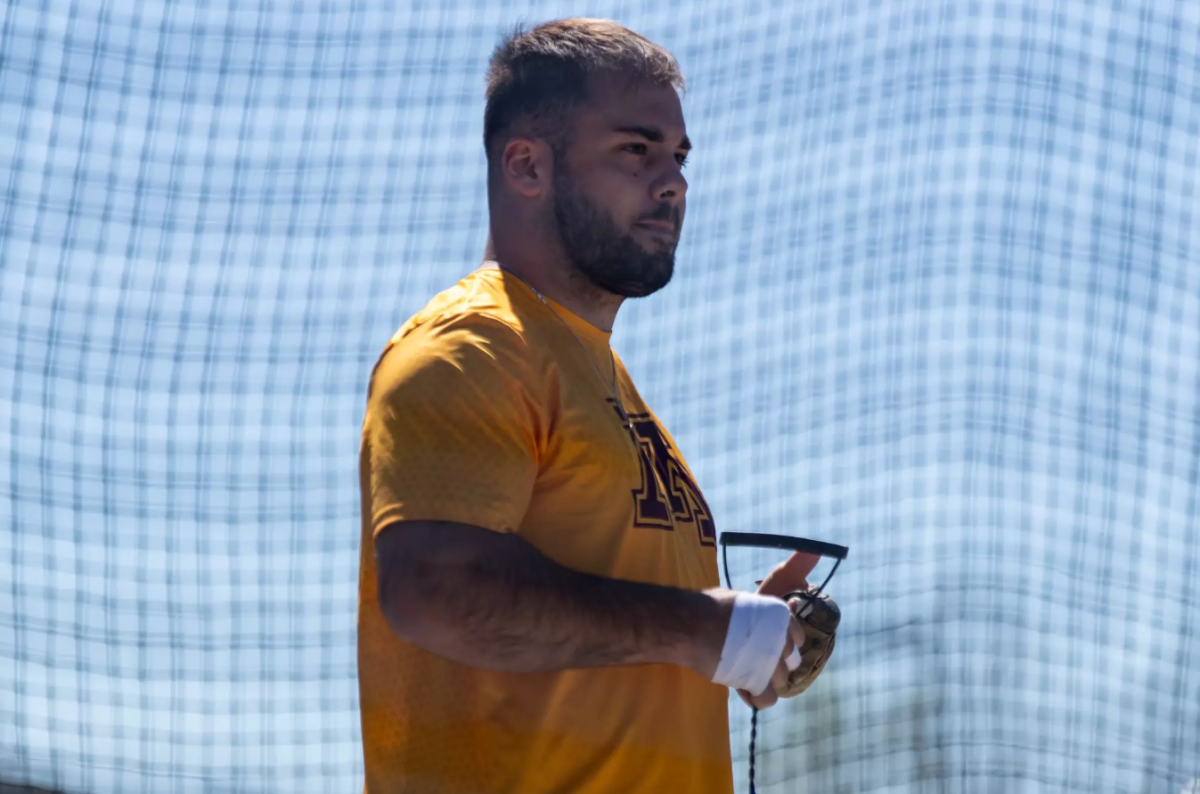Gophers student-athletes rank among the University’s most recognizable figures. Thousands of supporters attend their events or tune in on television each year. However, when away from the spotlight, they are challenged to succeed in the classroom like any other college student.
In recent years, the University has taken additional steps toward providing academic resources for student-athletes. A significant step was renovating the Lindahl Academic Center, completed in 2017.
“The Lindahl Academic Center is the resource for student-athletes for a variety of academic support,” said Lindahl Academic Center Director J.T. Bruett. “It’s also a location for our student-athletes centralized within the athletic complex footprint to allow them to study and get some of their academic work done very close to their practice facilities.”
Since his hiring, athletics director Mark Coyle has made academic achievement a priority for student-athletes. Results are beginning to show, according to Academic Progress Rate, a metric the NCAA uses to measure the eligibility and retention rate for student-athletes.
A school-record 19 programs earned a perfect Academic Progress Rate score for 2018-19, the most recent reporting year. Of those, six (baseball, men’s and women’s cross country, men’s and women’s tennis and women’s golf) earned a perfect multiyear rate.
Success is evident in other aspects as well. In spring of 2017, following the opening of the Lindahl Academic Center, the athletics department posted a record GPA of 3.24. The mark has continued to improve. This past fall, that record was bested with the department’s GPA rising to 3.33 for the semester.
“As long as we continue to build upon our academic culture, I think the measures will speak for themselves,” Bruett said. “The GPAs, the graduation rates will continue to improve as a result of the academic support the student-athletes are receiving.”
Drew Hmielewski, a member of the Gophers baseball team, said he has seen his program and the University prioritize academic success for student-athletes during his time at Minnesota. The two-time Academic All-Big Ten honoree credits the Lindahl Academic Center for the support it has provided him.
For athletes, the new Lindahl Academic Center provides a better physical space for student-athletes to study. Hmielewski, who arrived on campus in fall 2016, says the difference between the old and new facility is night and day.
“At times it almost felt like we were in a dungeon,” Hmielewski said. “We were in a basement, we were in some storage room. But as soon as the Lindahl Academic Center opened up, it just created an unbelievable environment to work on your studies and make that a main focus.”
In addition to physical spaces, the Lindahl Academic Center’s staff is well equipped with experience that relates to student-athletes. Bruett played baseball at the University before playing professionally. Many tutors at the center also played Division I college sports.
“They have been where we’ve been,” Hmielewski said of the Center’s tutors. “They understand what it takes to get to where they are, to get to where we want to be. So for them to have experienced it, it makes it a lot easier for us to connect with them.”
Like all other students, athletes faced an additional challenge during the spring when the University transitioned to online distance learning in response to the COVID-19 pandemic. During this time, the Lindahl Academic Center worked quickly to help meet the new needs of student-athletes.
As student-athletes left campus to return home, the Center transitioned to holding counseling and tutoring sessions over Zoom. Bruett said he was pleased with the results.
“I think we had to pivot very quickly to provide academic support virtually,” Bruett said. “It was a big process, and over the first couple weeks we started to understand what it would look like. We made some adjustments, and I thought it went really well.”
According to Hmielewski, the Center was proactive and communicative in its response to the pandemic. As a student-athlete, he appreciated its quick transition to online tutoring and attention to mental health.
“They provided all those resources,” Hmieliewski said. “And it wasn’t just a one-time thing. It was weekly, it was daily and it made the transition easy for me — and I can imagine for other student-athletes as well.”


